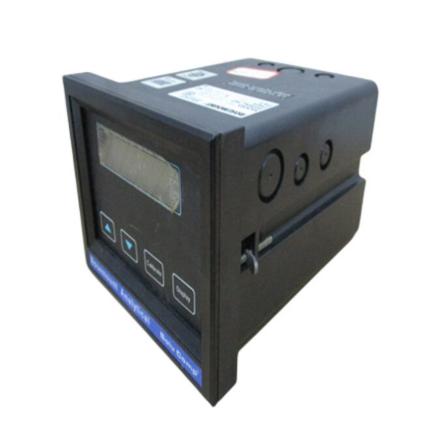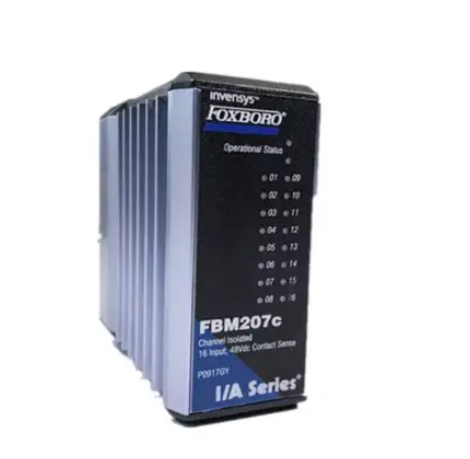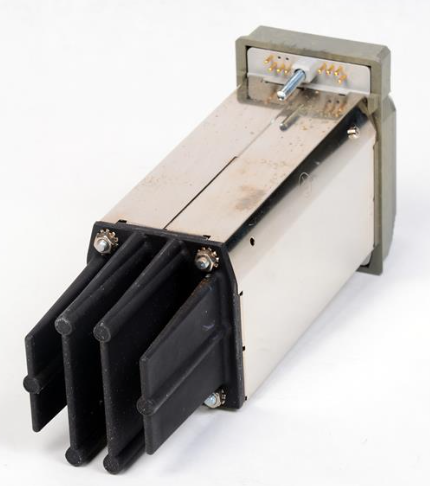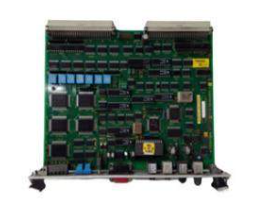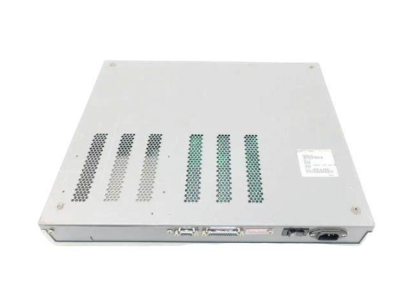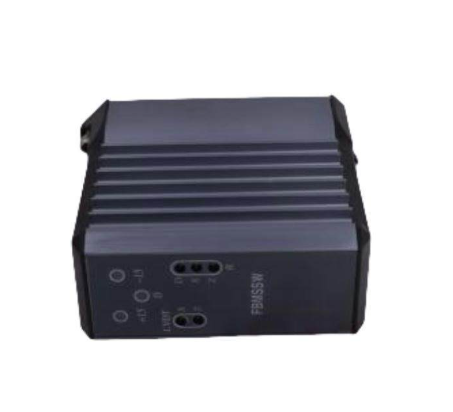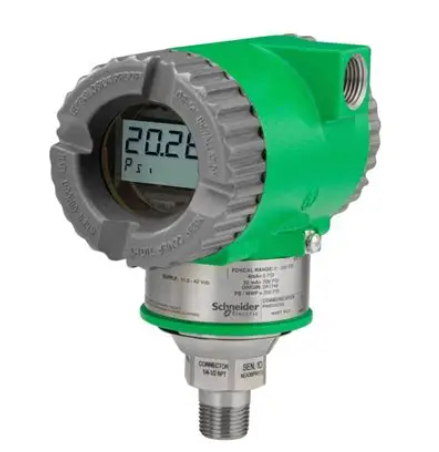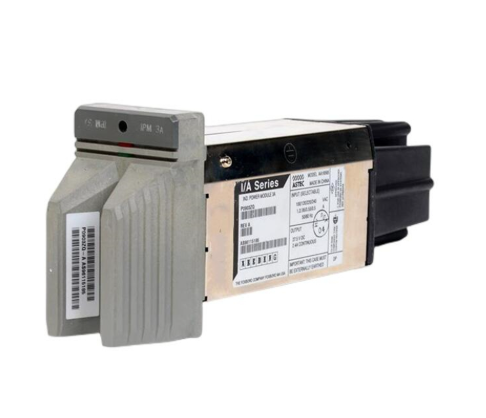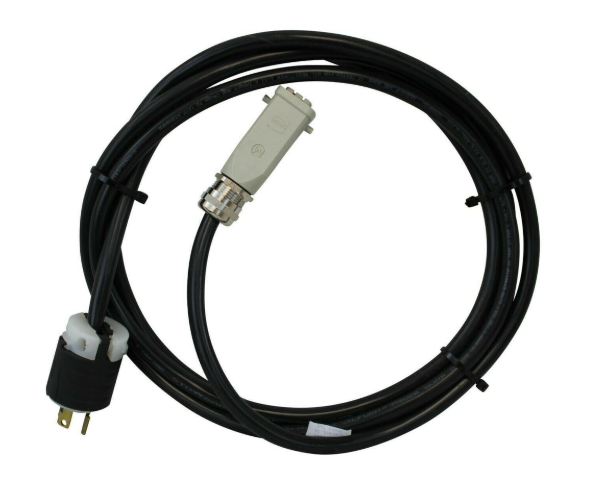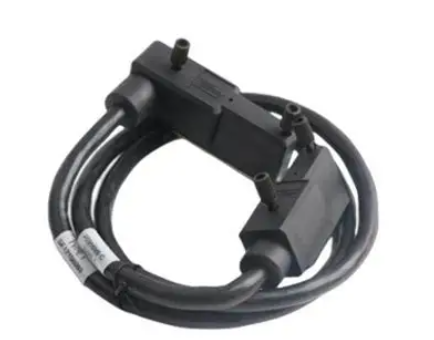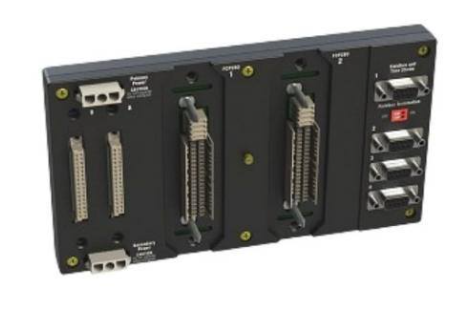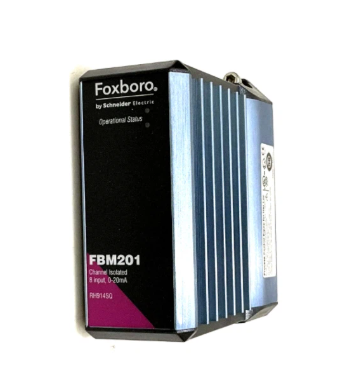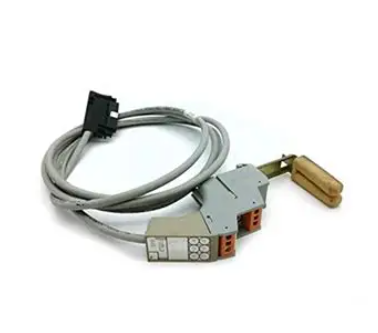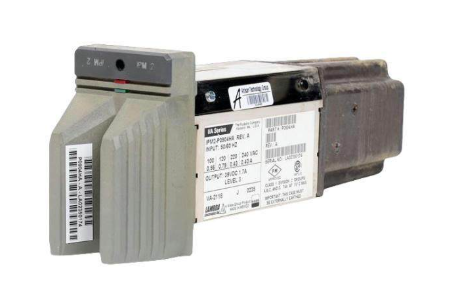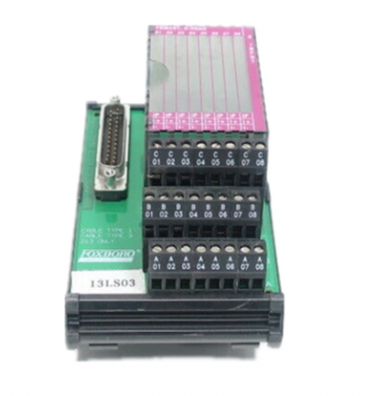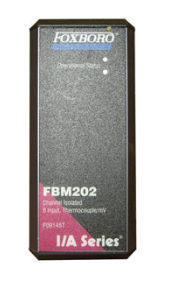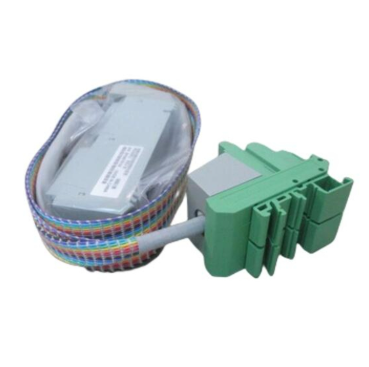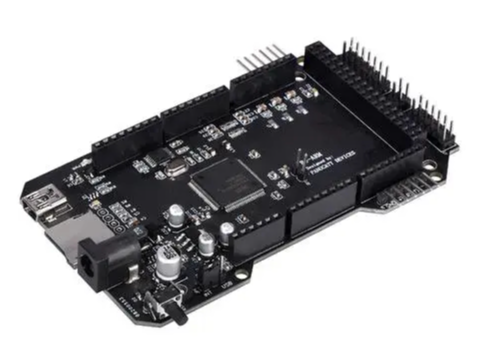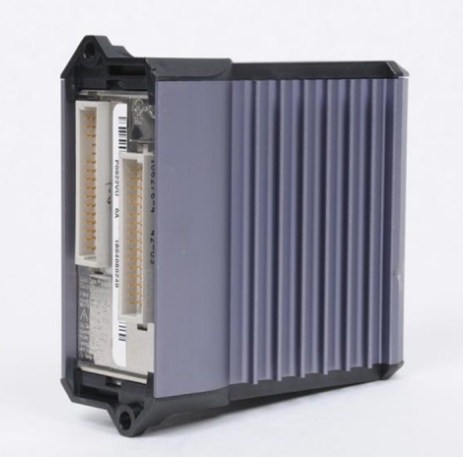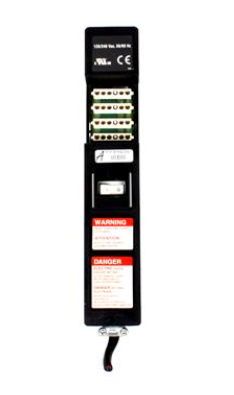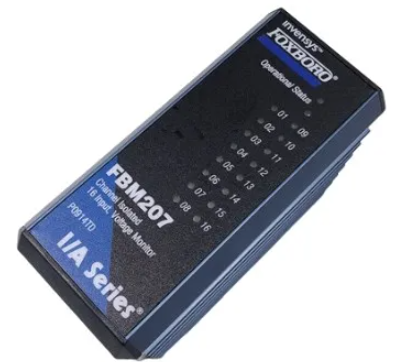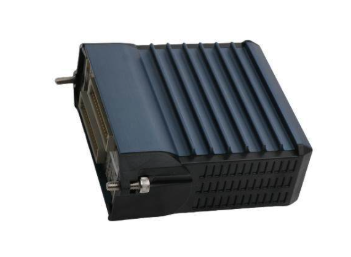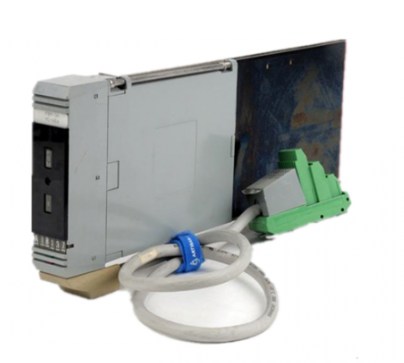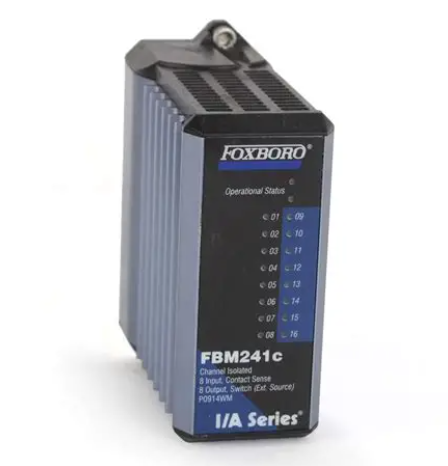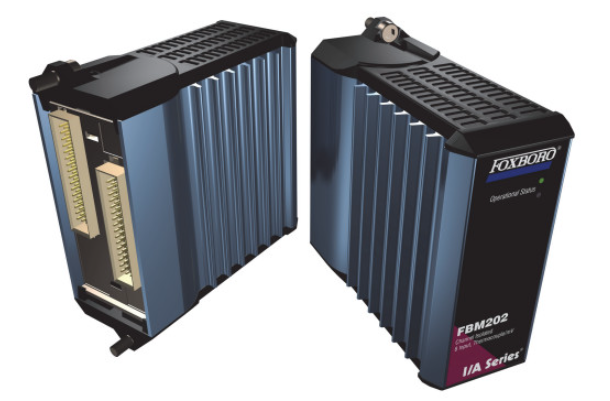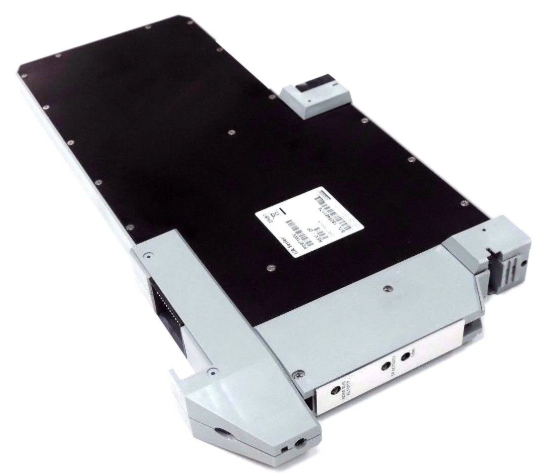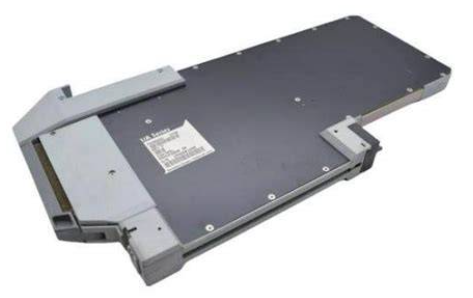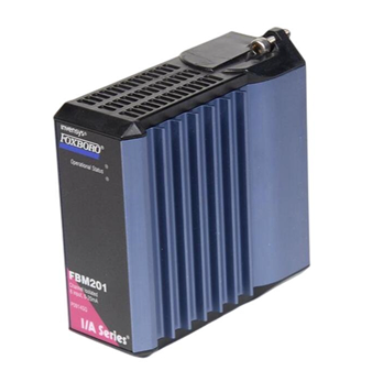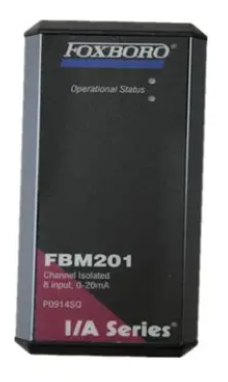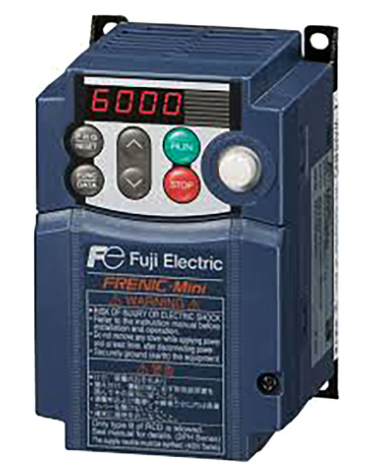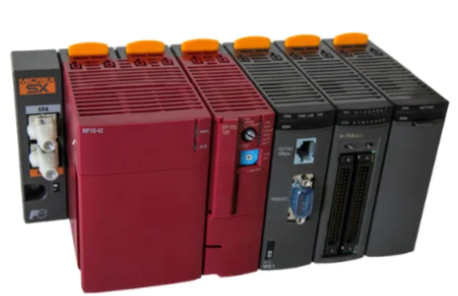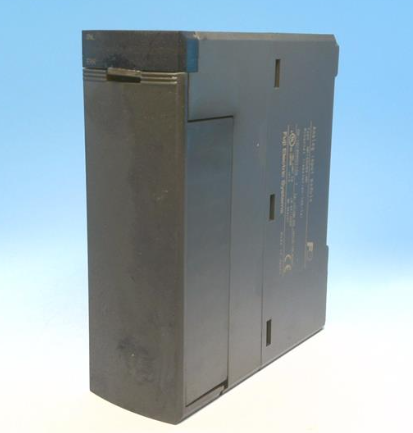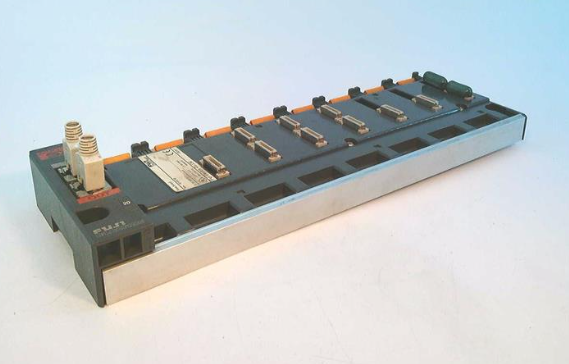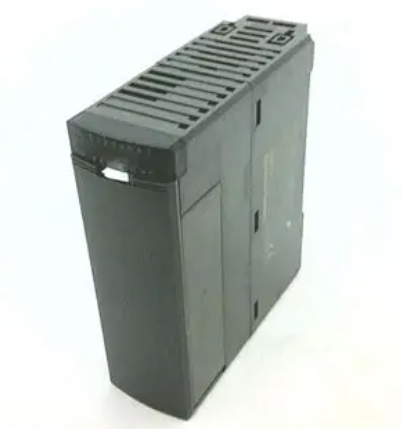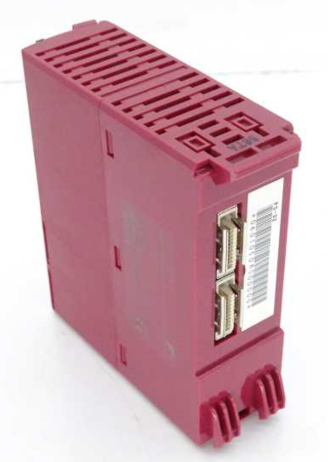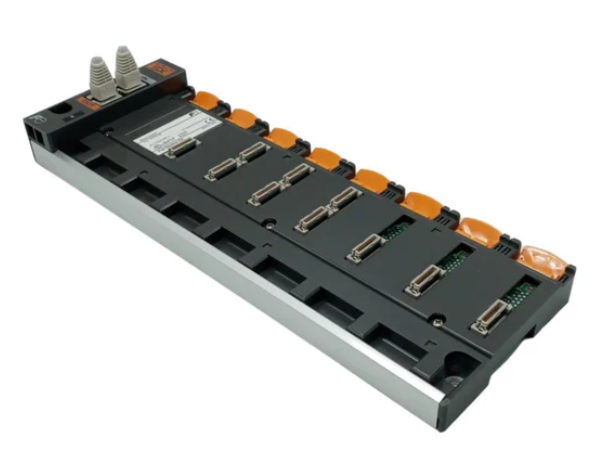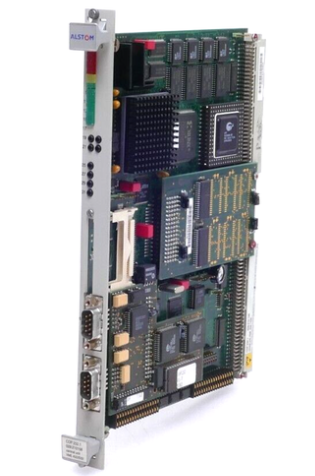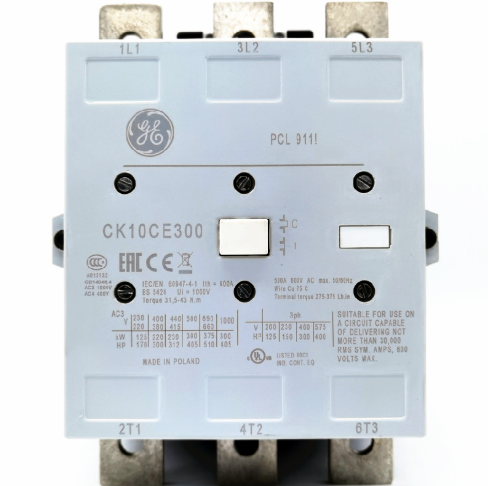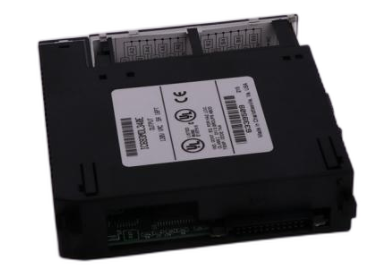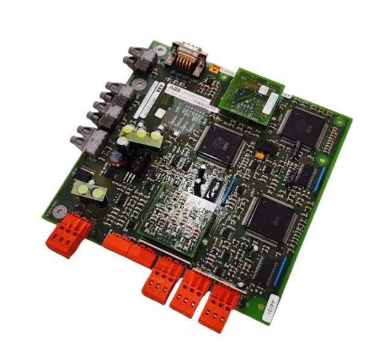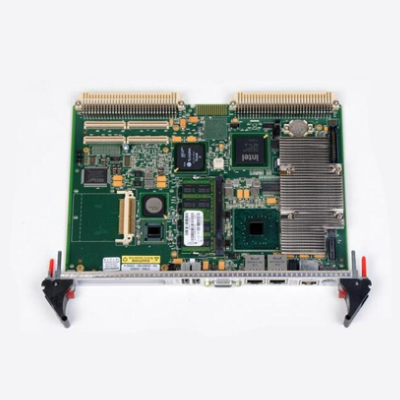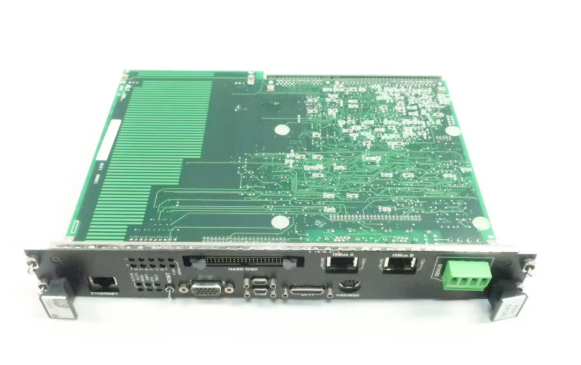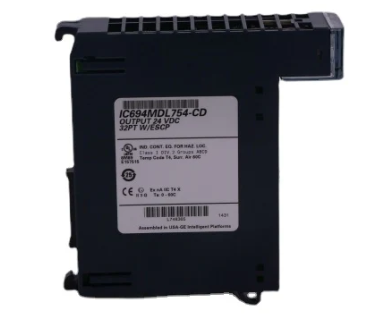Cement knowledge Complete book cement basic knowledge
Cement is a powdery hydraulic inorganic cementing material. The concrete made of cemented gravel with it not only has high strength after hardening, but also can resist the erosion of fresh water or salt water. For a long time, as an important cementing material, it has been widely used in civil construction, water conservancy, national defense and other projects.
1.Cement terminology:
2.Cement is divided into three categories according to its use and properties.
1, general cement, the cement usually used in general civil construction projects. General purpose cement mainly refers to the six categories of cement stipulated by GB175-1999, GB1344-1999 and GB12958-1999, namely Portland cement, ordinary Portland cement, Portland slag cement, volcanic Portland cement, Portland fly ash cement and composite Portland cement.
2, special cement, special purpose cement. Such as: G class oil well cement, road Portland cement.
3, characteristic cement, a kind of cement with outstanding performance. Such as: fast hard Portland cement, low heat slag Portland cement, expanded sulphoaluminate cement.
Second, cement according to its main hydraulic substance name is divided into
(1) Portland cement, commonly known abroad as Portland cement;
(2) aluminate cement;
(3) sulfoaluminate cement;
(4) ferric aluminate cement;
(5) fluoroaluminate cement;
(6) Cement with volcanic ash or potential hydraulic materials and other active materials as the main components.
3. Cement is divided into the main technical characteristics indicated in the cement naming according to the need:
(1) Fast hard: divided into fast hard and express hard two categories;
(2) heat of hydration: divided into medium heat and low heat two categories;
(3) Sulfate resistance: divided into medium sulfate corrosion resistance and high sulfate corrosion resistance two categories;
(4) Expansibility: divided into two categories of expansion and self-stress;
(5) High temperature resistance: The high temperature resistance of aluminate cement is graded by the alumina content in the cement.
4. the general principles of cement naming:
The name of cement is based on the main hydraulic minerals, mixed materials, uses and main characteristics of cement according to different categories, and strive to be concise and accurate, and if the name is too long, it is allowed to have short names. General purpose cement is named after the main hydraulic mineral name of cement by the name of the mixed material or other appropriate name. Special cement is named for its specific use and can be referred to in different models.
Cement with pozzolanic or potentially hydraulic materials and other active materials as the main component is named by the name of the main component followed by the name of the active material, and may also be named by the characteristic name, such as gypsum slag cement, lime pozzolanic cement, etc.

5. Definition of main cement products
1, cement: add water and mix into a plastic slurry, can cement sand, stone and other materials can be hardened in the air and can be hardened in water powder hydraulic cement material.
2, Portland cement: by Portland cement clinker, 0%~5% limestone or granulated blast furnace slag, a moderate amount of gypsum ground fine made of hydraulic cementitious material, known as Portland cement, P.I and P.I, that is, foreign commonly known as Portland cement.
3, ordinary Portland cement: by Portland cement clinker, 6%~15% of the mixed material, a moderate amount of gypsum ground fine made of hydraulic cement material, called ordinary Portland cement (referred to as ordinary cement), code: P.O.
4, slag Portland cement: by Portland cement clinker, granulated blast furnace slag and an appropriate amount of gypsum grinding made of hydraulic cementing material, called Portland slag cement, code: P.S.
5, volcanic Portland cement: by Portland cement clinker, volcanic ash mixed material and an appropriate amount of gypsum grinding made of hydraulic cementation material. Known as pozzoline Portland cement, code: P.P.
6, fly ash Portland cement: by Portland cement clinker, fly ash and an appropriate amount of gypsum grinding made of hydraulic cement material, called fly ash Portland cement, code: P.F.
7, composite Portland cement: by Portland cement clinker, two or more specified mixed materials and an appropriate amount of gypsum grinding made of hydraulic cementing material, called composite Portland cement (referred to as composite cement), code P.C.
8, medium heat Portland cement: with the appropriate composition of Portland cement clinker, adding an appropriate amount of gypsum ground fine made with moderate hydration heat of hydraulic cementing material.
9, low heat slag Portland cement: with the appropriate composition of Portland cement clinker, adding an appropriate amount of gypsum ground fine made with low hydration heat of hydraulic cementing material.
10, fast hard Portland cement: by Portland cement clinker to add an appropriate amount of gypsum, ground fine made of early strength high to 3 days compressive strength of the cement label.
11, sulfate resistant Portland cement: by Portland cement clinker, adding an appropriate amount of gypsum grinding made of good sulfate corrosion resistance cement.
12. White Portland cement: White cement made from Portland cement clinker with low iron oxide content, adding an appropriate amount of gypsum and grinding fine.
13, road Portland cement: By road Portland cement skilled, 0%~10% active mixture material and an appropriate amount of gypsum ground fine made of hydraulic cementing material, known as road Portland cement, (referred to as road cement).
14, masonry cement: by active mixed materials, adding an appropriate amount of Portland cement clinker and gypsum, grinding to make a low-grade cement mainly used for masonry mortar.
15, oil well cement: by the appropriate mineral composition of Portland cement clinker, an appropriate amount of gypsum and mixed materials, such as ground fine made for oil and gas well cementing engineering under certain well temperature conditions.
16, gypsum slag cement: granulated blast furnace slag as the main component material, adding an appropriate amount of gypsum, Portland cement clinker or lime grinding made of cement.

6. Types and functions of cement kilns
At present, there are two main categories of cement kilns, one is the kiln body lying down (slightly inclined), and can do rotary movement called rotary kiln (also known as rotary kiln); The other type of kiln is called shaft kiln which is upright and does not rotate. The type of cement rotary kiln is characterized:
Cement industry in the development process of different production methods and different types of rotary kiln, according to the raw material preparation method can be divided into dry production and wet production, and the production method is suitable for the rotary kiln is divided into dry rotary kiln and wet rotary kiln two categories. Because of the different heat exchange devices in the kiln, it can be divided into different types of kilns. The classification of rotary kilns is roughly as follows:
1, the type of wet rotary kiln:
Cement kilns used in wet production are called wet kilns, and wet production is to make raw materials into slurry with a water content of 32% to 40%. Due to the preparation of mud with fluidity, the raw materials are mixed well, the raw material composition is uniform, so that the sintered clinker quality is high, which is the main advantage of wet production.
2, the type of dry rotary kiln:
The advantages and disadvantages of dry rotary kiln are opposite to those of wet rotary kiln. The dry method makes raw materials into raw dry powder, and the moisture is generally less than 1%, so it reduces the heat required to evaporate water than the wet method. Because of the high exhaust gas temperature, the heat consumption of the hollow kiln is not low. Dry production produces dry powder from raw material, which has a lower fluidity than mud. So the raw materials are not mixed well and the ingredients are not uniform.
7, the type of cement shaft kiln is characteristic
There are two types of shaft kilns currently used in China: ordinary shaft kilns and mechanical shaft kilns. Ordinary shaft kiln is manual feeding and manual unloading or mechanical feeding, manual unloading; Mechanical shaft kiln is mechanical feeding and mechanical unloading. Mechanical shaft kiln is continuously operated, and its production, quality and labor productivity are higher than ordinary shaft kiln. According to the requirements of building materials technology policy, small cement plants apply mechanized shaft kilns to gradually replace ordinary shaft kilns.
Quality control and standards in cement production
The quality management of cement production mainly has two aspects: on the one hand, it is to control the normal operation of the main equipment - kiln and mill within the control range of the index; On the other hand, it is to manage the quantity and quality of raw materials, coal, raw materials, clinker and cement in various warehouses, master the incoming and outgoing warehouses, and ensure the normal operation of production. To determine the quality control points and control indicators is a very important work, we must start from the specific situation of the factory process and equipment, develop a reasonable and feasible program, in order to better guide production.
Nine, China's cement standard system, revision of the main content

There are two main changes in China's new cement standard compared with the old standard: First, GB/T 17671-1999 "cement mortar strength test method (ISO method)" instead of the current GB177-85 "cement mortar strength test Method"; The second is to revise the six general cement standards based on ISO strength.
GB/T 17671-1999 "Cement mortar strength Test Method (ISO method)" standard formulation GB/T 17671-1999 is equivalent to the international standard ISO 679-1989 developed in China, released on February 8, 1999, effective from May 1, 1999. GB/T 17671-1999 and GB177-85 belong to the "soft training method" of testing the strength of cement mortar, that is, the use of plastic sand, 4X4X160m prism test, the test body is first tested for bending strength, and the two halves of the broken test body are then tested for compressive strength. The core difference between the two is that the composition of mortar is different, the water-cement ratio used by the ISO method is moderate, the lime sand ratio is moderate, especially the gradation standard sand is used, so the strength value obtained by the ISO method is closer to the use of cement in concrete than the GB-177 method.
(2) The main content of the revision of the six cement standards
1. Change the strength test method of cement mortar to GB/T 17671-1999 method
The six major cement product standards all refer to GB/T 17671-1999 method as the strength test method of cement mortar, and no longer use GB 177-85 method. Therefore, the GB/T 17671-1999 method is promoted to mandatory method, while the GB 177-85 method is reduced to recommended method.
2, cement label to strength grade
The six old cement standards implement cement labels expressed by Kgf/cm2, such as 32.5, 42.5, 42.5R, 52.5, 52.5R, etc. The six new cement standards implement strength grades expressed in Mpa, such as 32.5, 32.5R, 42.5, 42.5R, 52.5, 52.5R, etc., so that the value of the strength grade is the same as the minimum value of the 28-day compressive strength index of cement. The new standard also unified the strength grade of China's cement, Portland cement is divided into three grades of 6 types, 42.5, 42.5R, 52.5, 52.5R, 62.5, 62.5R, the other five major cement is also divided into 3 grades of 6 types, namely 32.5, 32.5R, 42.5, 42.5R, 52.5, 52.5R
3. Strength age and strength index setting of each age
The cement strength age of the six new cement standards is 3 days and 28 days, and each age has the requirements of bending and compressive strength indicators.
- EMERSON
- Honeywell
- CTI
- Rolls-Royce
- General Electric
- Woodward
- Yaskawa
- xYCOM
- Motorola
- Siemens
- Rockwell
- ABB
- B&R
- HIMA
- Construction site
- electricity
- Automobile market
- PLC
- DCS
- Motor drivers
- VSD
- Implications
- cement
- CO2
- CEM
- methane
- Artificial intelligence
- Titanic
- Solar energy
- Hydrogen fuel cell
- Hydrogen and fuel cells
- Hydrogen and oxygen fuel cells
- tyre
- Chemical fiber
- dynamo
- corpuscle
- Pulp and paper
- printing
- fossil
- FANUC
- Food and beverage
- Life science
- Sewage treatment
- Personal care
- electricity
- boats
- infrastructure
- Automobile industry
- metallurgy
- Nuclear power generation
- Geothermal power generation
- Water and wastewater
- Infrastructure construction
- Mine hazard
- steel
- papermaking
- Natural gas industry
- Infrastructure construction
- Power and energy
- Rubber and plastic
- Renewable energy
- pharmacy
- mining
- Plastic industry
- Schneider
- Kongsberg
- NI
- Wind energy
- International petroleum
- International new energy network
- gas
- WATLOW
- ProSoft
- SEW
- wind
- ADVANCED
- Reliance
- YOKOGAWA
- TRICONEX
- FOXBORO
- METSO
- MAN
- Advantest
- ADVANCED
- ALSTOM
- Control Wave
- AB
- AMAT
- STUDER
- KONGSBERG
- MOTOROLA
- DANAHER MOTION
- Bently
- Galil
- EATON
- MOLEX
- Triconex
- DEIF
- B&W
- ZYGO
- Aerotech
- DANFOSS
- KOLLMORGEN
- Beijer
- Endress+Hauser
- MOOG
- KB
- Moxa
- Rexroth
- YAMAHA
- Johnson
- Westinghouse
- WAGO
- TOSHIBA
- TEKTRONIX


Email:wang@kongjiangauto.com






























